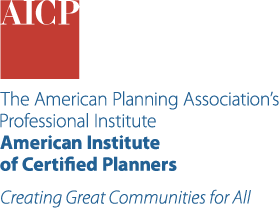Not (Officially) in My Backyard: Unpermitted ADUs
For only $180, get a full year of unrestricted access to APA's extensive learning library. Kickstart your journey by subscribing to Passport, then take the next step by enrolling in the courses that pique your interest.
Certification Maintenance
Course Details
One promising planning approach to addressing housing needs is liberalizing accessory dwelling unit (ADU) development. However, understanding the impact of such efforts is fundamentally constrained by the inability to quantify and characterize unpermitted ADUs, which may expose homeowners and tenants to legal, financial, and safety risks and confound policy evaluations.
Research published in the Journal of the American Planning Association addressed this gap by leveraging computer vision and human annotations to estimate the population of detached ADU constructions in San José, California. The study found that informal ADU construction was substantial, approximately three to four informal units for every formal unit, and more likely to occur in more diverse, dense, and overcrowded neighborhoods.
Dive into the many implications of these findings for planning practice, including the importance of uncovering blind spots in official housing statistics, responsible ways to leverage research partnerships and new technologies to understand the challenges facing vulnerable communities, and opportunities to design more equity-driven policies and programs that can lower barriers to legal ADU construction.
Learning Outcomes
- Scope a similar study to estimate the prevalence of unpermitted ADU construction in your jurisdiction over time, including technical methods, resource requirements, and ethical considerations.
- Design and advocate for equity-driven approaches to lowering the barriers to legal ADU construction in disadvantaged communities, including fee reductions, outreach initiatives, and amnesty programs.
- Responsibly use new technologies to articulate to colleagues, elected officials, and residents the importance of uncovering blind spots in traditional measures of housing progress and housing needs.


